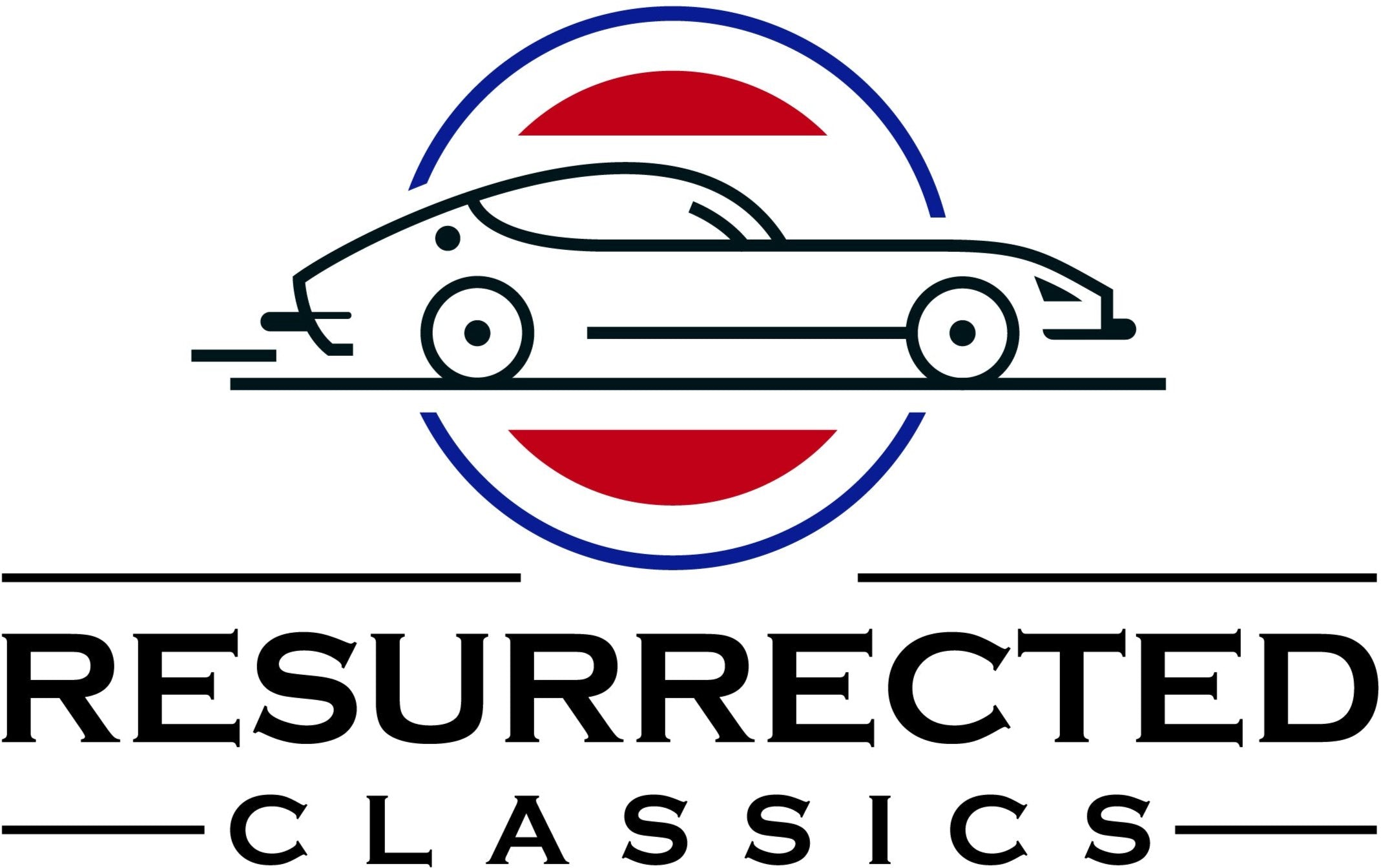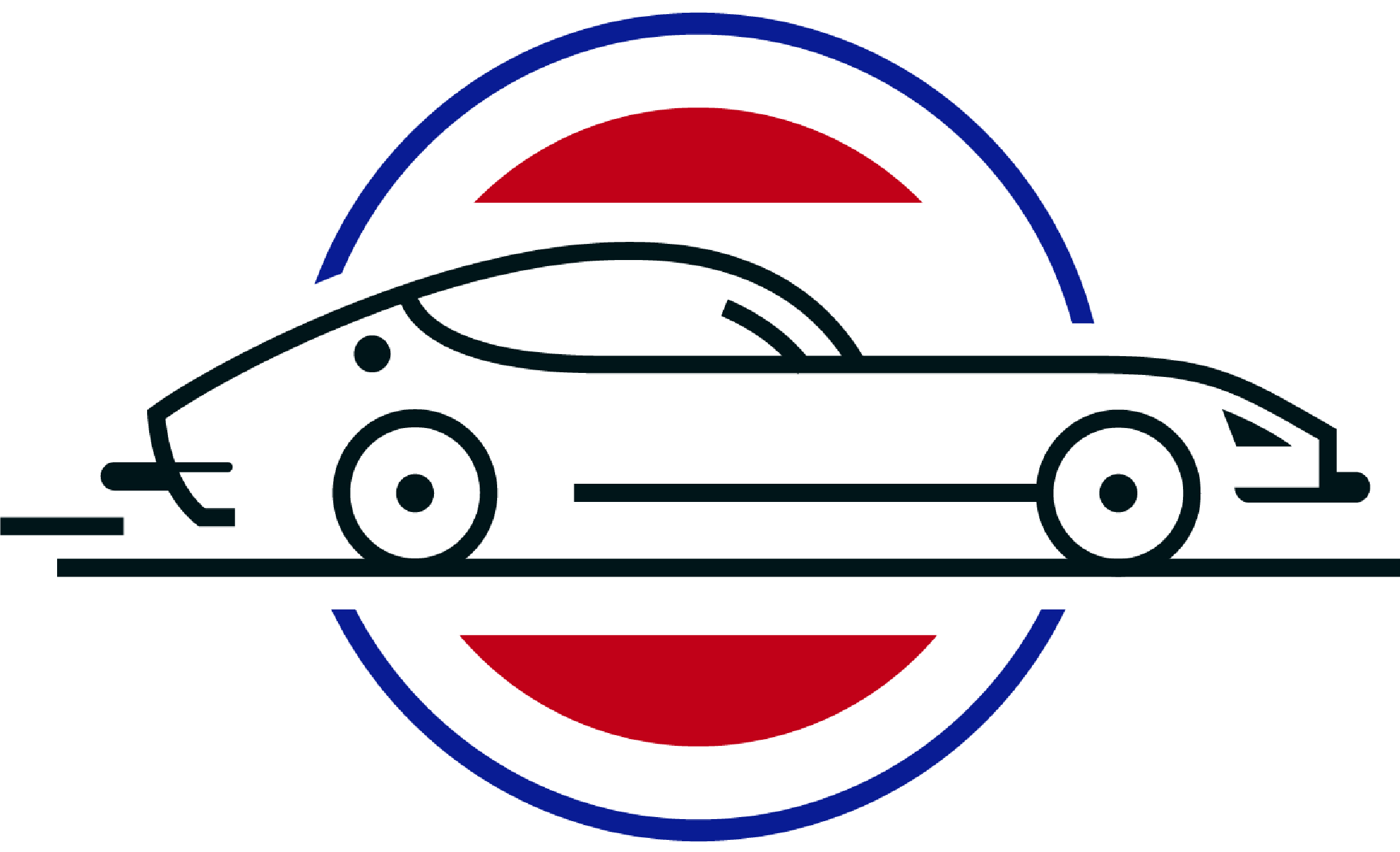How to Spot a Good Datsun Restoration Candidate: The Essential Guide for 240z-280z
So, you’ve got your eye on a classic S30 Z. And you’re wondering if it’s the one. At Resurrected Classics, we know the feeling. And whether you’re a seasoned builder or a first-time buyer bitten by the restoration bug, choosing the right project car can make or break the experience.
As much as we hate to admit it, the truth is, not every Z deserves a second life. Some are better left to parts. Others? They’ve still got a heartbeat and you just need to know where to look.
In this guide, we’ll break down how to evaluate a potential restoration candidate with confidence. No conversational Bondo, no myths. Just straight-up advice from the world of rust, sheet metal, and second chances.
1. Start with the Body: Rust Doesn’t Sleep
When it comes to restoration, the body is the dealbreaker. A car that looks complete might be hiding deep structural issues beneath the surface. Rust isn’t just cosmetic; it can compromise safety, cost you thousands in repairs, and eat up time you’d rather spend driving.
Key Areas to Inspect:
- Rockers & Frame Rails: These are high-risk rust zones. If they’re soft, flaking, or patched with mystery metal, walk away—or prepare for serious metalwork.
- Floor Pans: Commonly rotted, especially around the pedal box and under the seats. Replacement floor pans are available, and we’ll ship them to you; however, extensive damage may indicate more serious underlying issues.
- Wheel Arches & Rear Hatch: Hidden rot loves these spots. Open panels, get a flashlight, and don’t be afraid to tap around.
- Doors, Fenders & Hoods: These can be replaced more easily, especially with parts like OEM-style hoods and replacement fenders from Resurrected Classics.
If the rust is surface-level or isolated to bolt-on panels like a door or hood, that’s manageable. But if the cancer has crept into the structural spine of the car, think twice unless you’re restoring for love, not resale.
Pro Tip: A magnet and a small inspection mirror are your best friends. If something looks too smooth, it’s probably hiding filler.
2. Check the Heart: Engine & Mechanical Health
While you may be planning a full drivetrain swap or engine rebuild, it’s still important to assess what you’re starting with. The more complete and original the mechanical systems are, the fewer headaches down the road.
Key Items to Inspect:
- Engine Turns Over: Even if it won’t start, it should turn freely by hand or with a breaker bar. A seized engine is a red flag.
- Transmission Condition: Manual transmissions should shift through all gears. Automatics should at least engage when turned over.
- Suspension & Steering: Worn bushings, clunking sounds, or sketchy steering can all add up but they’re fixable.
- Brake Lines & Master Cylinder: Look for cracks, leaks, and signs of long-term fluid neglect.
Even if it needs work, a mostly intact drivetrain can save you hours of sourcing small but critical pieces. For anything missing or aged beyond use, Resurrected Classics hardware kits are a great resource.
3. Look Inside: Interior Condition & Completeness
Let’s be honest, restoring a Z interior from scratch can get expensive fast. Original dashes, seats, and consoles are hard to find and harder to restore.
Priorities for Inspection:
- Seats & Dash: Cracks and rips are expected, but is the framework solid? Are the mounting points intact?
- Console, Trim, and Switches: The more original pieces present, the less time you’ll spend hunting eBay listings.
- Door Cards, Carpeting, Headliner: These are all replaceable, but having decent originals gives you a head start.
If the bones are there, Resurrected Classics offers reproduction seat covers and trim pieces to bring the interior back to life, without having to hunt down every last NOS part.
4. The Paper Trail: Documentation & History
A car with a title, matching VINs, and even a few old receipts can tell you a lot. A complete paper trail might not be necessary, but some basic documentation makes your life a lot easier. Especially if resale is part of your long-term plan.
What to Ask For:
- Clean title or bill of sale
- Previous registration (helps confirm VIN matches)
- Maintenance records or part receipts
- Photos from previous ownership or partial restorations
It’s not about being perfect. It is, however, about being transparent. And knowing what story this car already has helps you tremendously.
5. Budget Smarts: Estimating What It’ll Really Take
Here’s the truth: Those of us who are veterans at this will tell you that no restoration ever goes exactly to plan. But a good candidate gives you the chance to start ahead—not constantly playing catch-up.
Cost Factors to Consider:
- Metal Work: Rust repair is the biggest wild card in your budget.
- Interior Replacement: Expect higher costs for rare or missing pieces.
- Paint & Body: A full respray with prep can run more than the car itself.
- Mechanical Refresh: Brakes, bushings, seals, and gaskets add up fast.
Resurrected Classics helps offset those costs with well-priced restoration parts that are designed to fit, and function, without guesswork.
Choose a Z Worth Resurrecting
Restoring a classic Z car is equal parts art, science, and obsession. And it starts long before the first wrench turns.
Take your time. Inspect the candidate thoroughly. And remember, the right car will feel like a conversation—you’re not just fixing metal, you’re bringing history back to life.
If you’re ready to start your restoration the right way, Resurrected Classics has your back with high-quality metal panels, interior trim, and installation hardware. And get a catalog or contact us, and let’s stay in touch.

